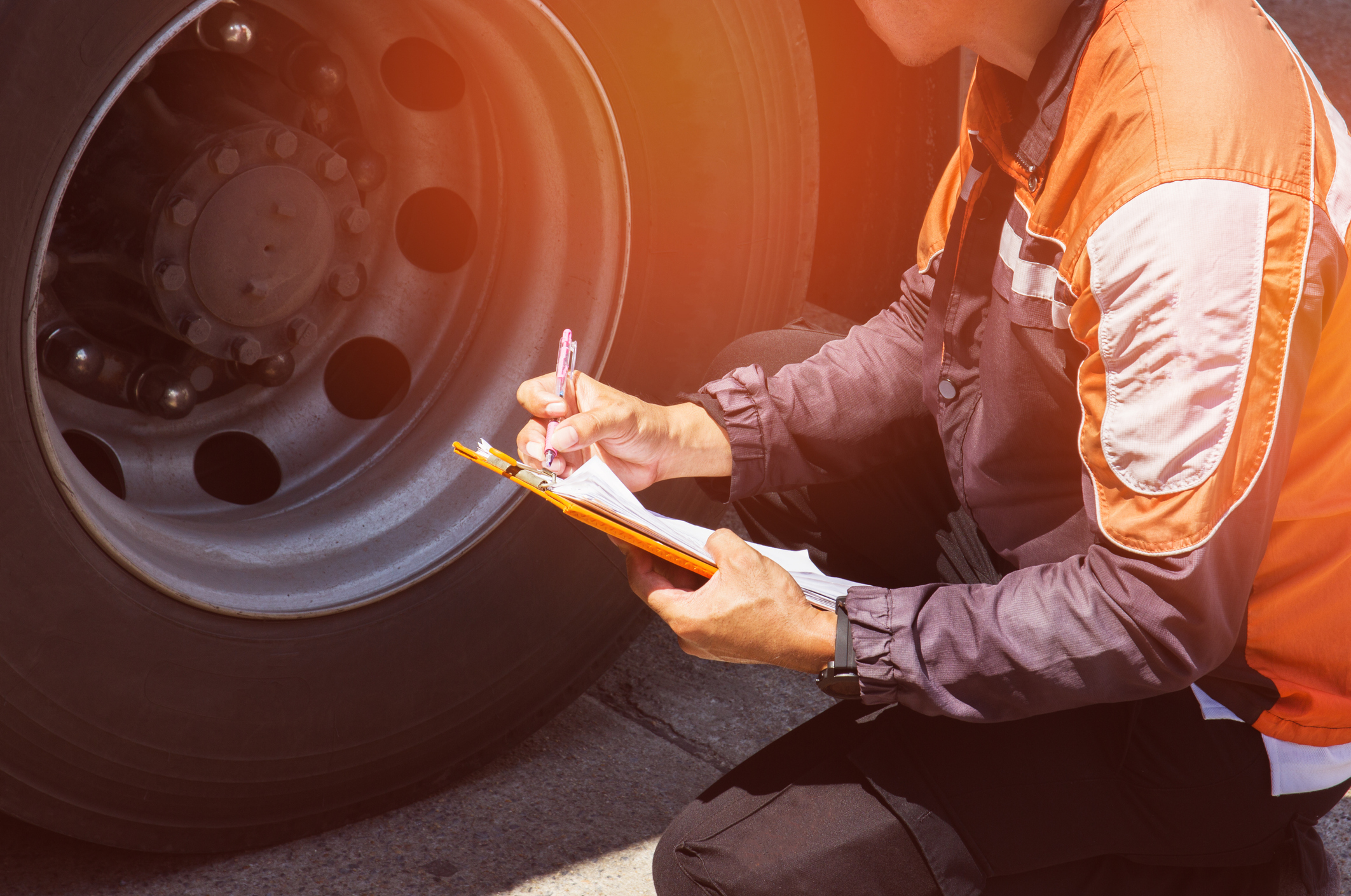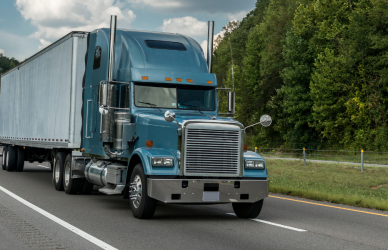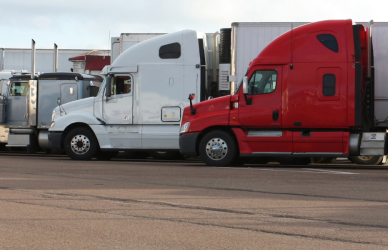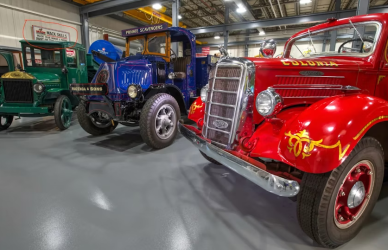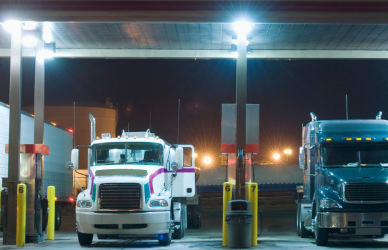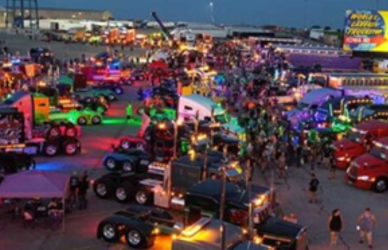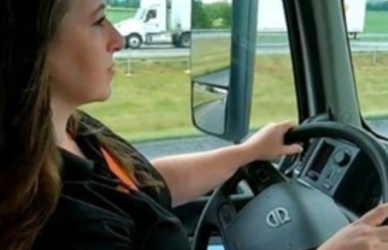The Commercial Vehicle Safety Alliance has approved a new standard and procedure to govern inspections of self-driving commercial vehicles. CVSA President Chris Nordloh, a major with the Texas Department of Public Safety, said in a release it will provide law enforcement “with the information they need to be confident about the roadworthiness of autonomous trucks operating on our roadways.”
The newly-launched program includes:
CVSA-trained motor carrier personnel will conduct an enhanced inspection of selected automated driving systems-equipped vehicles before dispatch.
In-transit inspections will be done at a required interval throughout the trip.
An autonomous truck would be required to communicate to law enforcement while in motion that it passed the origin/destination inspection, its automated driving systems (as a whole) are functioning, and it is operating within its operational design domain. Those ADS vehicles will then bypass fixed inspection sites.
En-route roadside inspections of autonomous vehicles by law enforcement officials would be limited to situations where an imminent hazard is observed or during a post-crash investigation.
All autonomous vehicles must be able to respond to law enforcement should an officer attempt to pull over a vehicle.
A 40-hour CVSA training course and exam is included for motor carrier personnel who will be conducting the inspections.
“ATA was pleased to work with CVSA, our automated truck suppliers and industry partners in developing an enhanced inspection policy for driverless commercial vehicles,” said Kevin Grove, director of safety and technology policy at American Trucking Associations. “This is an important step that will facilitate safe and effective deployment of automation.”
The CVSA stated that the program is the result of a collaborative effort involving commercial motor vehicle inspectors and state highway patrols, inspection and enforcement experts, motor carrier representatives, the autonomous trucking development community, and federal and state government officials.


